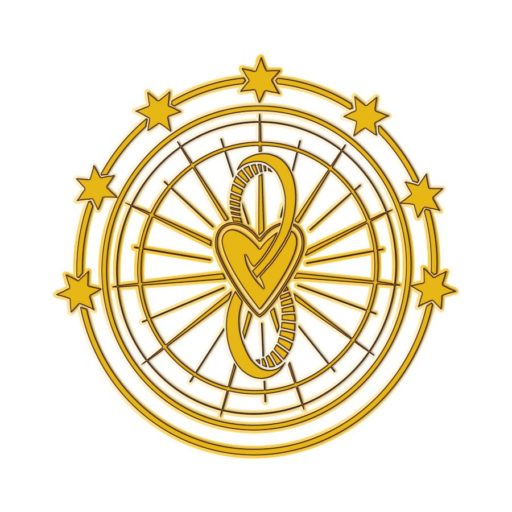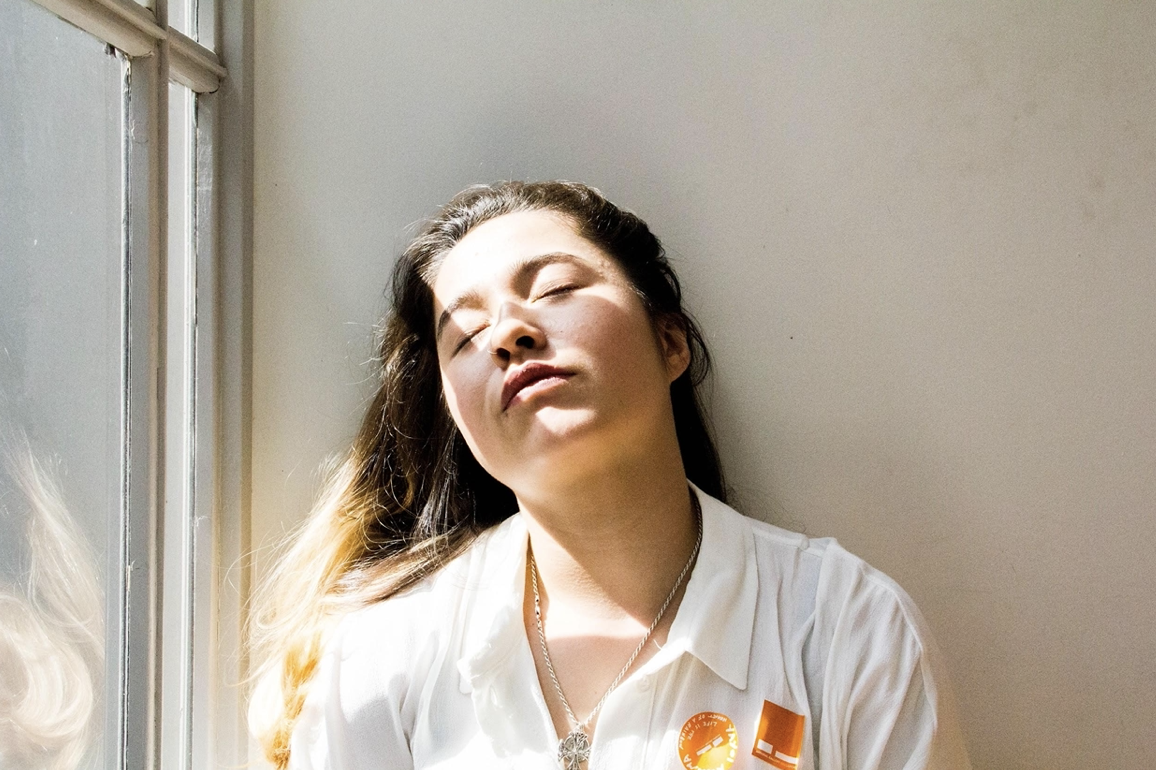Let’s Talk About Suicide
Suicide among girls is on the rise, and no one knows exactly why. Some people think it might be due to social media, others blame television and movies depicting suicide, and many factor in the stressful teenage years which often bring the onset of latent mental illness. Regardless of the reason why, it’s clear that something needs to be done about the rising suicide rate among girls and young women.
What can the average person do about suicide? If you do anything at this moment, it should be to inform yourself. According to the American Foundation for Suicide Prevention, suicide takes an average of 129 lives every day in the United States. Moreover, the LA Times reports that the suicide rate among girls and young women is steadily increasing.
Many families are taken by surprise when someone close to them dies from suicide, especially when it’s someone young. But there are usually signs that a person is at risk of suicide—you just have to know what to look for. If someone you know has shown warning signs of suicide, get them to talk to a professional, like Soulful Relationships Psychotherapy, that can help one find the Authentic Self within.
Seek Professional Help
It may sound obvious but when faced with the specter of suicide, doctors and therapists have the experience and expertise. They’re aware of the dangers and of the remedies that may be available. More often than not, antidepressant medication can really help. Despite the herbal remedies that are sometimes touted as solutions, they take much longer to take effect in the body. There are no over-the-counter antidepressant medications, so if the depression has already taken hold, a prescription medication is usually necessary to find some balance and traction for psychotherapy to be helpful. Here’s a list of available depression meds. The list and the research continues to change, and it takes a doctor to help find the right one. If you can’t get in to see your regular doctor, there are board-certified doctors available online, and they can determine whether medication is the right choice. Antidepressants may be the right step, but they’re not to be taken lightly, and not without an expert diagnosis.
Addiction as a Sign
According to the Jason Foundation, mental or addictive disorders are present in 90 percent of suicides. That statistic includes depression in 60 percent of suicide deaths and alcohol and drug use in between 50 and 67 percent of suicides. Since depression rates for female adolescents have risen by 65 percent and high schoolers have easy access to drugs and alcohol, it’s clear there is a real recipe for disaster taking place.
Why are substances and mental illness such a dangerous combination? For one, mental illnesses like depression come with feelings of hopelessness that drive a person to think of suicide. Some people use drugs and alcohol to self-medicate their mental illness or “escape” their life circumstances, but substance abuse only makes mental illness worse. For other people, using drugs or alcohol can actually trigger an underlying mental illness. And since drugs and alcohol lower inhibitions, people who have both an addiction and a mental illness are more at risk of making an impulsive, life-ending decision like suicide.
Because of this lethal link, it’s incredibly important that any person with a substance abuse problem or a mental illness gets help, especially young people. You can’t hope that a teen will outgrow a mental illness or a drug or alcohol problem. Always treat addictions and mental illnesses seriously and seek professional treatment from mental health professionals and rehab centers.
Additional Risk Factors
While mental illness and substance abuse are the biggest risk factors for suicide, they’re not the only ones. Here are some other factors that raise a person’s risk of suicide:
- History of trauma or abuse.
- Stressful life events.
- Social isolation.
- Previous suicide attempts.
- Family history of suicide.
- Access to firearms or other lethal means.
The Warning Signs
When a person is displaying the warning signs of suicide, there’s no time to waste in seeking help. Here’s what to look for:
- Talking about wanting to die.
- Dramatic changes in personality.
- Changes in sleep habits (sleeping most of the day or sleeping very little).
- Unusual behavior and moods, like withdrawing, acting reckless, or appearing agitated.
- Increasing drug or alcohol consumption.
If someone you know is showing these signs, it’s time to ask for help. If you’re not sure where to turn, call a crisis line. A crisis center can help you if you’re thinking of suicide or worried about someone you know. They can help you figure out what to say to someone you care about and direct you to local resources in your area.
Not everyone understands why people would want to end their life. Thankfully, you don’t have to understand the reasons behind suicide to help prevent it. By knowing the risk factors and warning signs and taking action when you’re concerned about yourself or someone else, you can save a life.
For couples therapy and a deeper lasting connection with your partner contact Keli Yerger at Soulful Relationships Psychotherapy today!
Image via Unsplash



